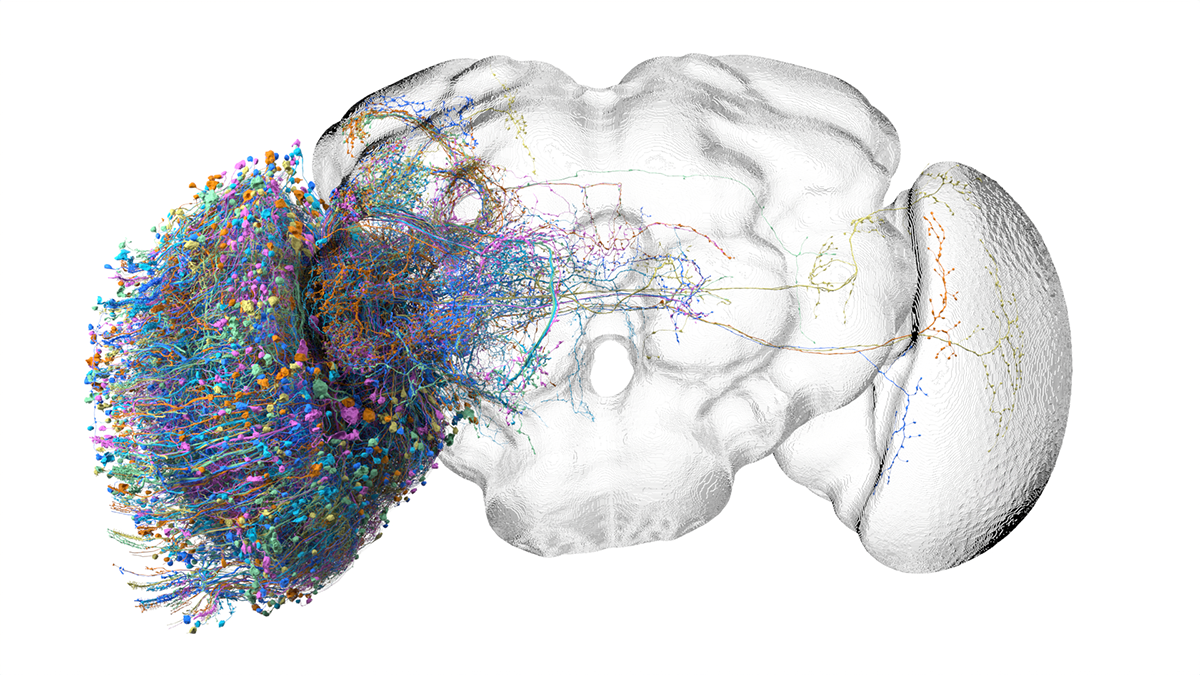
The Evolution of the Physicist's Picture of Nature
Editor's Note: We are republishing this article by Paul Dirac from the May 1963 issue of Scientific American, as it might be of interest to listeners to the June 24, 2010, and June 25, 2010 Science Talk podcasts, featuring award-winning writer and physicist Graham Farmelo discussing The Strangest Man, his biography of the Nobel Prize-winning British theoretical physicist.
In this article I should like to discuss the development of general physical theory: how it developed in the past and how one may expect it to develop in the future. One can look on this continual development as a process of evolution, a process that has been going on for several centuries.
The first main step in this process of evolution was brought about by Newton. Before Newton, people looked on the world as being essentially two-dimensional-the two dimensions in which one can walk about-and the up-and-down dimension seemed to be something essentially different. Newton showed how one can look on the up-and-down direction as being symmetrical with the other two directions, by bringing in gravitational forces and showing how they take their place in physical theory. One can say that Newton enabled us to pass from a picture with two-dimensional symmetry to a picture with three-dimensional symmetry.
Einstein made another step in the same direction, showing how one can pass from a picture with three-dimensional symmetry to a picture with fourdimensional symmetry. Einstein brought in time and showed how it plays a role that is in many ways symmetrical with the three space dimensions. However, this symmetry is not quite perfect. With Einstein's picture one is led to think of the world from a four-dimensional point of view, but the four dimensions are not completely symmetrical. There are some directions in the four-dimensional picture that are different from others: directions that are called null directions, along which a ray of light can move; hence the four-dimensional picture is not completely symmetrical. Still, there is a great deal of symmetry among the four dimensions. The only lack of symmetry, so far as concerns the equations of physics, is in the appearance of a minus sign in the equations with respect to the time dimension as compared with the three space dimensions [see top equation in diagram].





/https://public-media.si-cdn.com/filer/a3/17/a31738aa-3394-4f35-b77c-cf537f6fb17c/gettyimages-579860044_web.jpg)
















